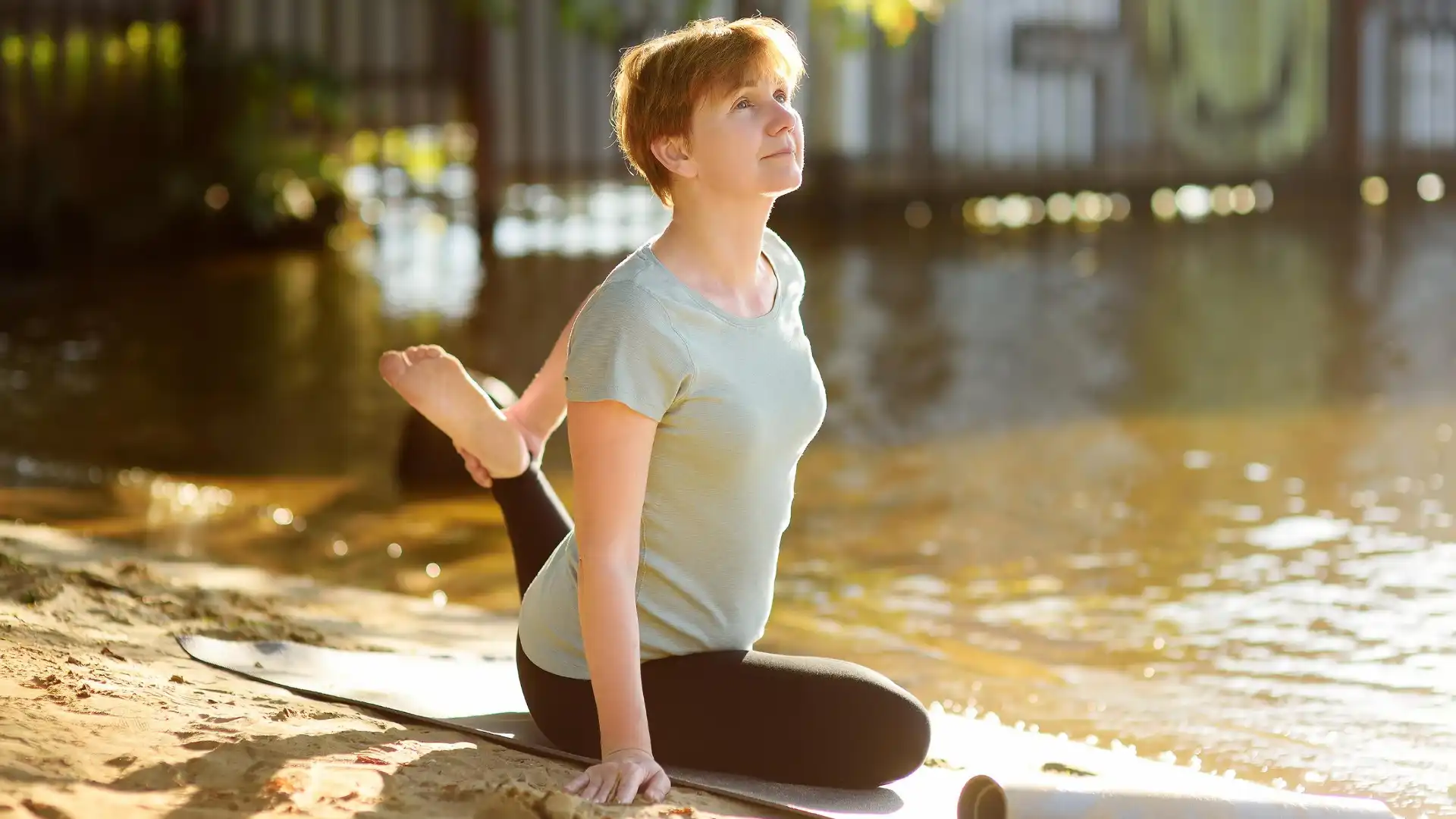Yoga Research: How to Identify Sound Studies on Yoga and Meditation

There’s a stream of new research emerging about yoga and mindfulness, and even more popular news and social media posts about the health effects of mind-body practices. This research asks important questions, such as: Can yoga improve your mood? Is meditation better than medication? Will mindfulness make us happier? How can yoga help prevent disease?
With all this information whizzing by, it can be difficult to catch up and sort through it, to figure out which studies have information worth sharing and which ones don’t measure up.
It’s time to review the basic requirements for good research. Understanding yoga research means being able to spot the most useful, reliable, and generalizable studies that inform our evidence-based practice. A reliable study, with findings you can count on, would meet these basic criteria:

Big and Diverse Makes for Better Yoga Study: A large and diverse group of participants makes it more likely that study findings can be generalized, meaning that they might apply to the general population and not solely the people who participated in the study. This means not restricting a study population to just one type or group of individuals. For instance, all earlier cardiac med trials were done only on men, mostly white men, and those data do not generalize to women and probably not to others or all groups of men.
Longitudinal Yoga Studies: Longitudinal studies are those in which the investigation continues over a long period of time (months, years, decades). In a longitudinal cohort study, the same participants are observed repeatedly over months, years, or decades.
Systematic Reviews and In-Depth Analysis of Yoga Research: Systematic reviews compile, compare, and synthesize data and findings from multiple research studies. This is a “study of studies” with careful combining of the most conclusive findings across journal articles published on a topic over a period of time. My favorite!
Controlled Yoga Studies: An intervention group—people who receive yoga, meditation, or other mind-body practice that is being researched—is matched to a control group, which does something equivalent, but that’s not yoga. The results of the two groups can be compared, to make sure it’s really the yoga that’s having an effect.
Random Yoga Studies: Study participants are randomly assigned to either the control group (not yoga) or intervention group (yoga!). Less bias, a good thing in research.
Blind Yoga Studies: The participants (and researchers if it’s “double-blind”) do not know which group they are in (control or intervention). This is hard to do with an intervention like yoga, because it may be obvious whether you are lying down in Savasana (Relaxation Pose) or doing some other type of activity, such as taking a medication or a placebo pill, for example. Those who are assessing the results of the intervention should be “blinded” to which group a participant was assigned, in order to limit possible bias in the results and/or interpretation of results.
Balanced and Careful Yoga Studies: The study design anticipates and minimizes factors that could impact how the intervention is presented or received, or could otherwise influence the results. These factors include a demographic composition of the groups, environmental effects or differences between the groups, participants’ expectations, or variations in how the yoga (or not yoga) is presented.
Reprinted with permission from SequenceWiz.org and fiveriversyoga.com

 Rachel Lanzerotti (MSW, eRYT500, IAYT-Certified Yoga Therapist) is the Founder of Five Rivers Yoga Therapy and creator of The RE/ST Method for Pain Recovery™. She is a Body-Mind Yoga Therapist, meditation teacher, counselor, health educator, and specialist in back pain relief.
Rachel Lanzerotti (MSW, eRYT500, IAYT-Certified Yoga Therapist) is the Founder of Five Rivers Yoga Therapy and creator of The RE/ST Method for Pain Recovery™. She is a Body-Mind Yoga Therapist, meditation teacher, counselor, health educator, and specialist in back pain relief.



